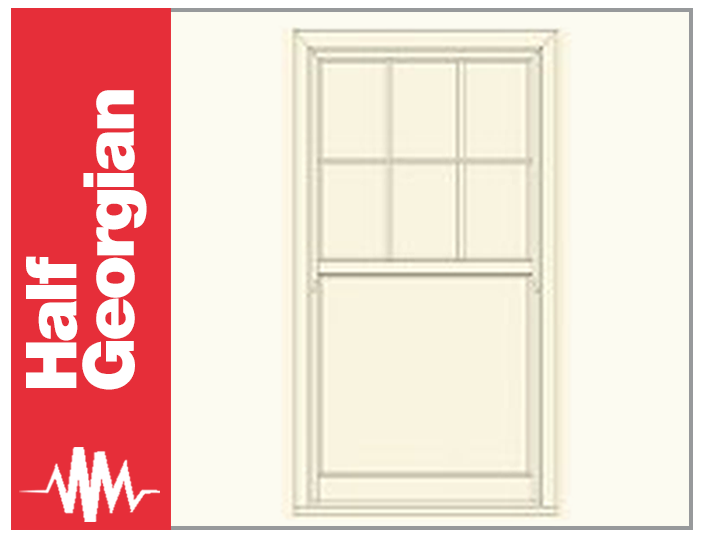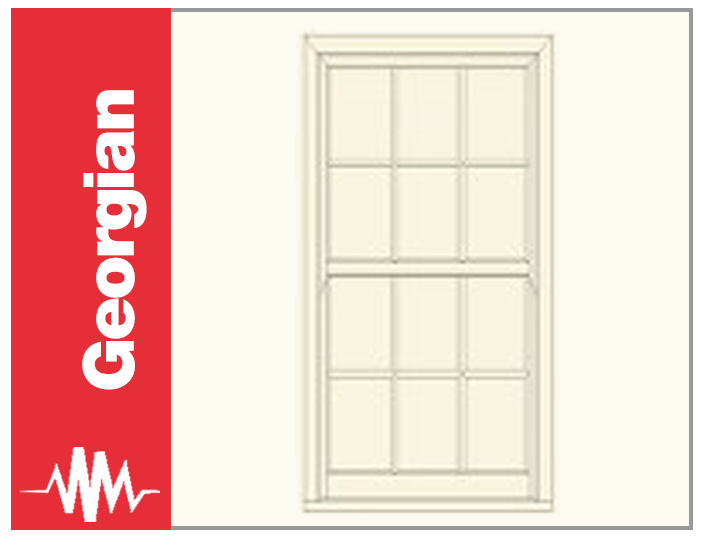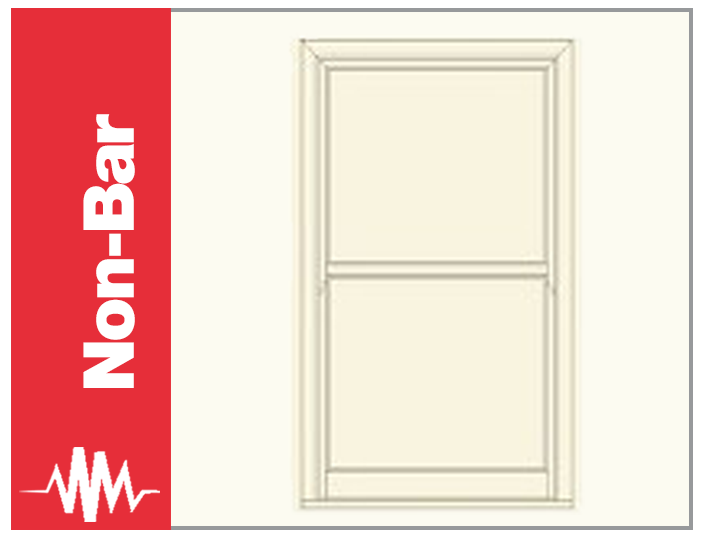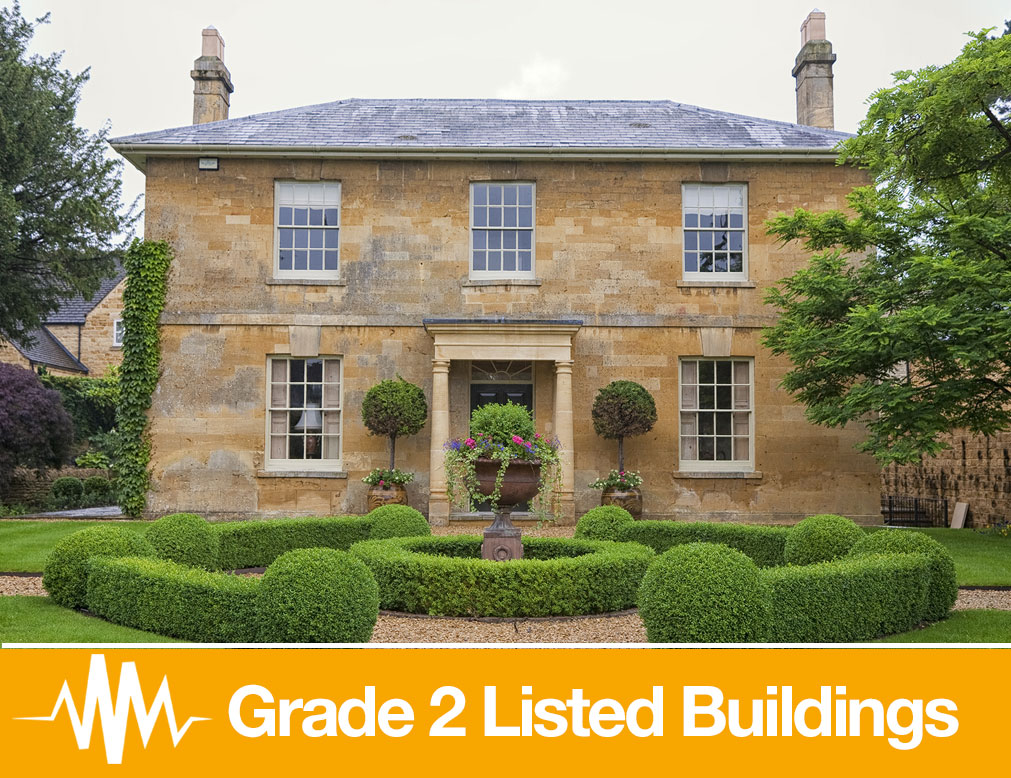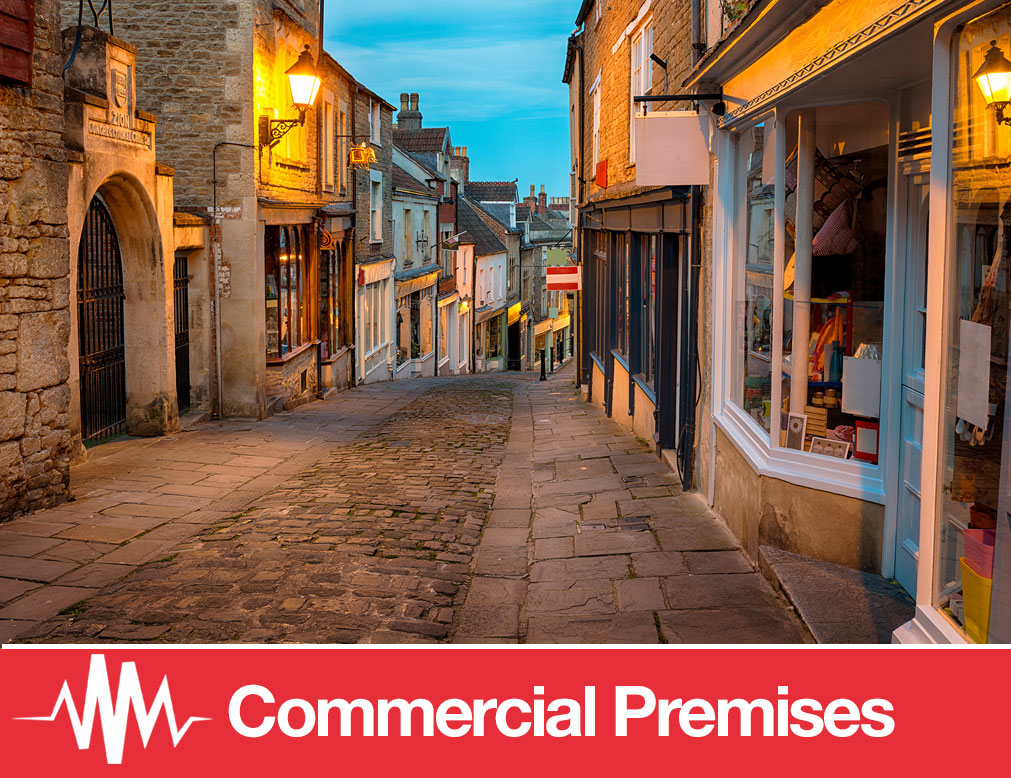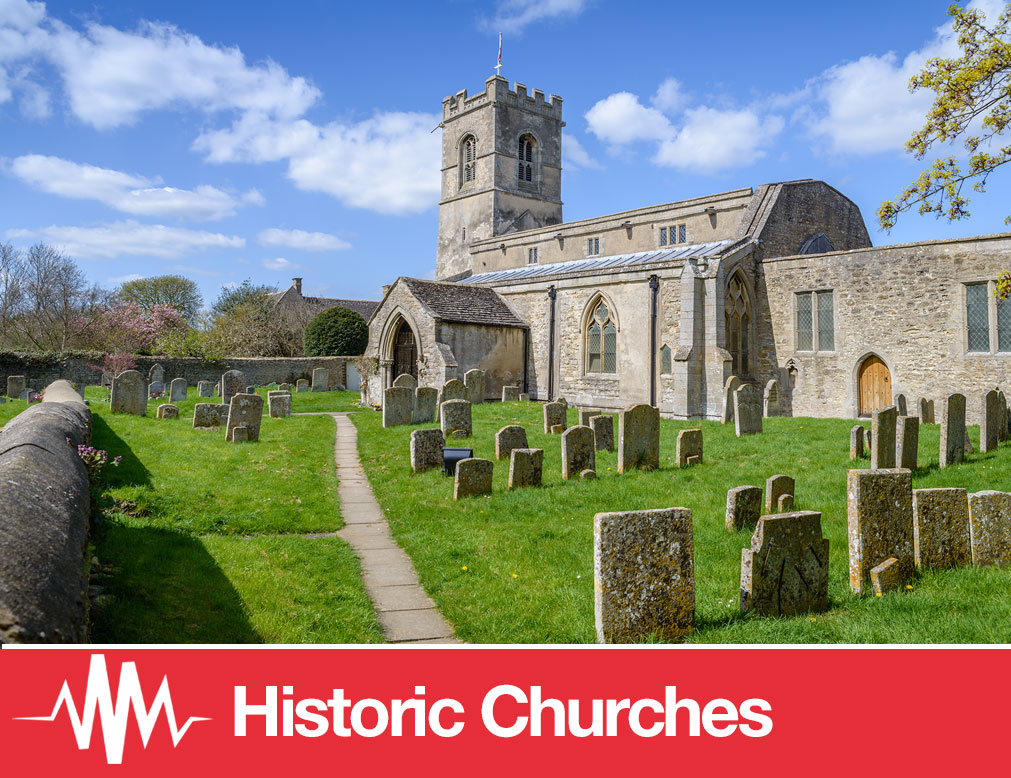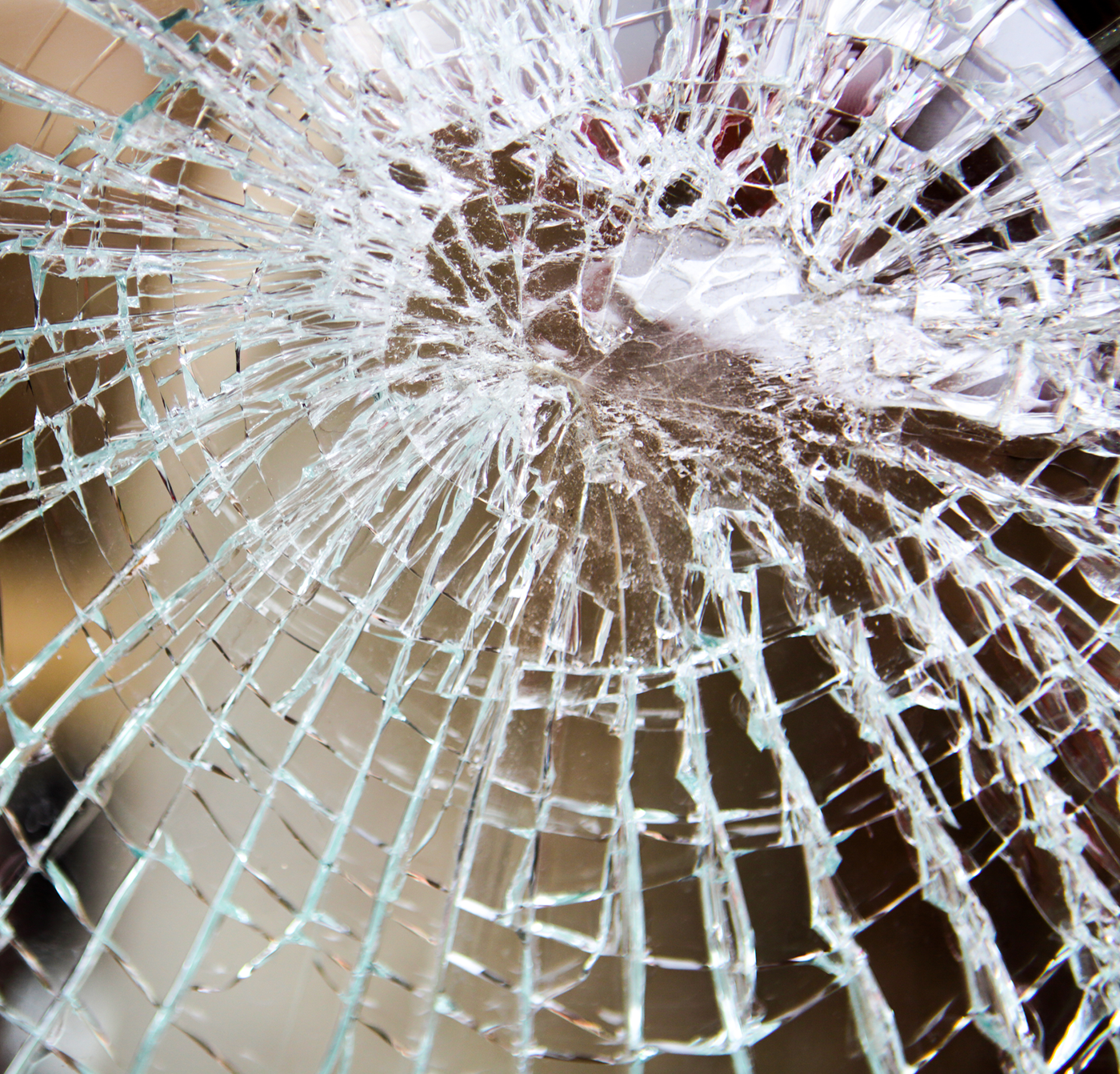
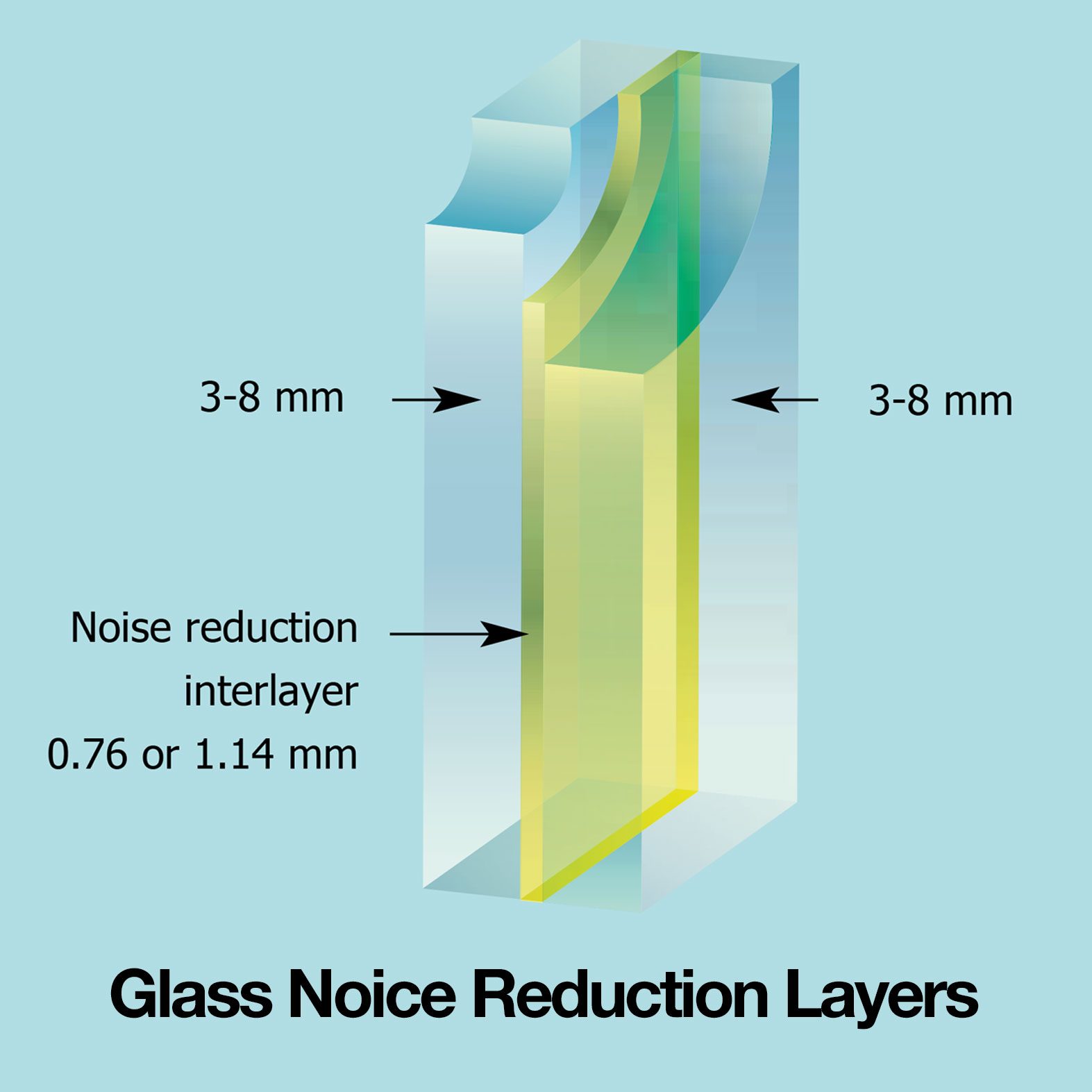
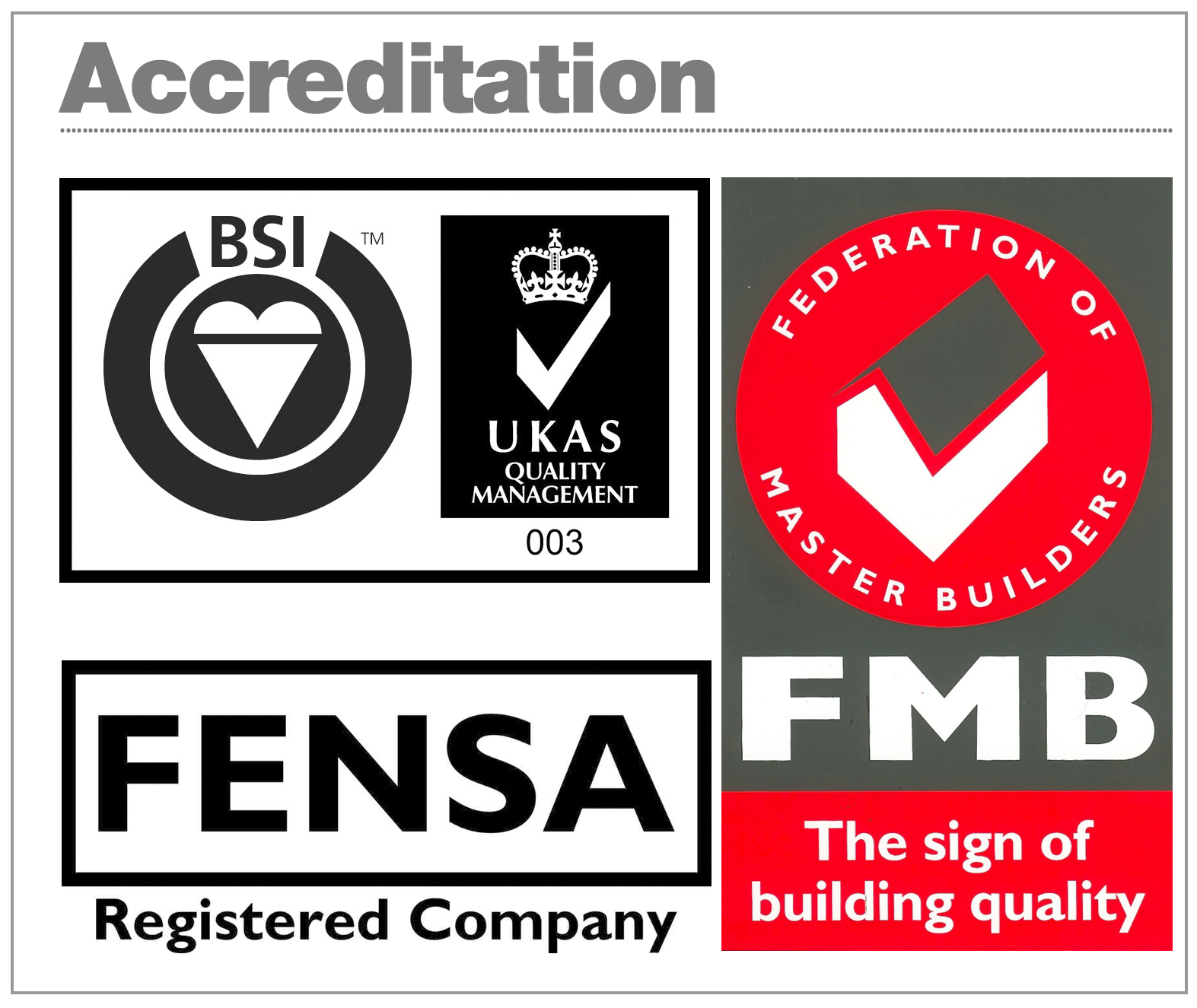
Safety Secondary Double Glazing
About Safety Secondary Double Glazing
Safety glass offers protection against aggression and can act as an important deterrent against vandalism and infraction. As opposed to safety glass, there are no statutory requirements from the British Standards association concerning where security glass must be used. Risk should be assessed on a case-by-case basis and must take any insurance specifications into account.
How does it work:
Safety glass is normally laminated glass, comprising two or more sheets of glass with one or more PVB interlayers. The whole assembly is bonded together using heat and pressure, resulting in the complete adhesion of interlayer and glass. In the event of breakage, the glass fragments remain attached to the plastic interlayer and the window retains a residual strength while awaiting replacement. Laminated security glass can be positioned on the inner or outer pane of a double glazing window, but must be used with an appropriate framing system.
Laminated glasses with different levels of safety and security can be obtained by varying the number and/or thickness of each of the fire glass and interlayer components. There are BS standard requirements for security glass capable of giving protection against different types of possible hazards. The three main types of security glass are:
Glass resistant to manual attacks:
Double Glazing window resistant to manual attacks, such as a person armed with an axe or crowbar, must conform with the BS EN 1063 specifications for vandalism and BS EN 356 for burglary. This kind of security glass is laminated for safety and generally range in thickness from 6.5 to 25 mm. They can also be supplied with integrated security alarms.

